Vaishno Devi
One of India’s most respected pilgrimage sites is the Vaishno Devi Temple, which is tucked away in the stunning Trikuta Mountains of Jammu and Kashmir. Millions of followers travel the holy path each year in hopes of receiving blessings from Mata Vaishno Devi, who is the epitome of divine feminine energy. Vaishno Devi’s shrine has great spiritual value and has strong mythological and symbolic ties to the Shakti Peethas that are found throughout India and abroad, even though she is not typically named among the 51 or 108 Shakti Peethas in ancient texts. The myth of Vaishno Devi, the idea of Shakti Peethas, and the spiritual connection between this sacred shrine and the historic chain of goddess temples devoted to Shakti are all examined in this article.
Understanding the Concept of Shakti Peethas
In Hinduism, the Shakti Peethas are sacred locations where parts of Goddess Sati’s body fell to Earth after she self-immolated during the Daksha Yajna episode. The Puranas state that Lord Shiva, distraught, carried her body while performing the Tandava, or dance of destruction, and that Lord Vishnu used his Sudarshan Chakra to dismember Sati’s body, scattering the pieces across the Indian subcontinent. Each location where a body part, ornament, or drop of blood fell became a Shakti Peetha, sanctified with the Goddess’s divine presence. These locations are thought to be potent centers of spiritual energy, and each site has a corresponding Bhairava, a manifestation of Lord Shiva who serves as the guardian deity.
Who is Mata Vaishno Devi?
It is considered that Mata Vaishno Devi is a united incarnation of the three main goddesses, Mahakali, Mahasaraswati, and Mahahalakshmi, who stand for power, riches, and wisdom, respectively. According to legend, she was created to purge the planet of malevolent entities and led a life devoted to penance, meditation, and aiding followers. She appears as three Pindis, or natural rock formations, in a cave in the Trikuta Hills, which is her sacred home.
The three Pindis are symbolic of the Tri-Shakti:
- Maha Kali – representing strength and protection
- Maha Lakshmi – representing prosperity and abundance
- Maha Saraswati – representing wisdom and learning
Is Vaishno Devi a Shakti Peetha?
While the Vaishno Devi Temple is not one of the classical Shakti Peethas mentioned in the Tantra Chudamani or Kalika Purana, it is regarded as an Upp Shakti Peetha (a spiritually potent seat of Shakti outside the traditional list). Devotees believe that the temple is connected to the same energy network as the Shakti Peethas, making it an important pilgrimage for Shakti worshippers.
Mythological Connections Between Vaishno Devi and Shakti Peethas
- The Eternal Shakti Energy – All forms of the Goddess, whether in Vaishno Devi or in Shakti Peethas, emanate from the same cosmic source. The Vaishno Devi shrine resonates with the same divine vibrations found at Shakti Peethas.
- The Cave Symbolism – Like Kamakhya (Assam) and Jwala Ji (Himachal Pradesh), Vaishno Devi’s cave is considered a womb-like space, representing the creative power of the universe.
- Pilgrimage Network – Many devotees who visit Shakti Peethas also make it a point to visit Vaishno Devi, believing that the blessings of Mata Vaishno Devi enhance the spiritual merit of other pilgrimages.
Vaishno Devi’s Spiritual Link to Major Shakti Peethas
Here’s how Vaishno Devi connects symbolically and spiritually to some of the most prominent Shakti Peethas:
1. Kamakhya Temple, Assam
- Known as the most important Shakti Peetha, Kamakhya is associated with fertility and creation.
- Vaishno Devi’s cave also symbolizes the goddess’s role as the source of life, making the two shrines spiritually aligned.
2. Jwala Ji Temple, Himachal Pradesh
- Jwala Ji is famous for its eternal flame, representing the goddess’s energy.
- In Vaishno Devi’s legend, a flame is believed to have guided Bhairavnath’s soul to salvation after Mata forgave him—showing a symbolic flame connection.
3. Kalighat and Tarapith, West Bengal
- These Shakti Peethas embody the fierce aspect of the goddess.
- Vaishno Devi includes Mahakali’s presence as one of her Pindis, linking her to these powerful centers.
4. Vishalakshi Temple, Kashi
- Vishalakshi represents wisdom and insight.
- Vaishno Devi’s Saraswati aspect aligns with this divine quality.
The Role of Vaishno Devi in the Shakti Worship Tradition
The worship of the goddess as the ultimate power, known as Shaktism, is a tradition that Vaishno Devi helps to preserve and propagate. Many devotees use her temple as a starting point to visit other Shakti Peethas and delve further into the intricacies of Shakti worship.
Pilgrimage Experience: Vaishno Devi and the Shakti Circuit
Some pilgrims undertake the Shakti Circuit Yatra, visiting Vaishno Devi along with nearby Shakti Peethas like:
- Jwala Ji (Himachal Pradesh)
- Chintpurni (Himachal Pradesh)
- Naina Devi (Himachal Pradesh)
This interconnected journey deepens the spiritual experience and strengthens the devotee’s bond with the goddess.
Festivals Strengthening the Connection
Festivals such as Navratri, Chaitra Navratra, and Sharad Navratra are celebrated with equal fervor at Vaishno Devi and the Shakti Peethas. These nine nights honor the nine forms of the goddess, and devotees often travel to multiple temples during this time.
Vaishno Devi and the Divine Feminine
Whether one visits Vaishno Devi or a Shakti Peetha, the ultimate purpose remains the same—connecting with the Adi Shakti, the original cosmic energy that sustains the universe. The temples may differ in rituals, legends, and locations, but the spiritual essence remains unified.
Travel Tips for Devotees Planning Both Vaishno Devi and Shakti Peetha Visits
- Plan Seasonally – The best time for Vaishno Devi is March–October, while certain Shakti Peethas are more accessible in cooler months.
- Use Helicopter Services – Vaishno Devi offers helicopter rides from Katra to Sanjichhat for those with time or health constraints.
- Combine Pilgrimages – If visiting North India, plan your trip to include nearby Shakti Peethas for a holistic spiritual journey.
- Follow Ritual Guidelines – Each temple has its own traditions—respect and follow them for maximum spiritual benefit.
Conclusion
The eternal Shakti is the same heavenly force that is expressed differently by Mata Vaishno Devi and the Shakti Peethas. Although Vaishno Devi’s temple is a potent energy center that vibrates with the same spiritual vibrations, it is not officially listed among the ancient Shakti Peethas. Devotees can have a more comprehensive and satisfying pilgrimage by visiting Vaishno Devi in conjunction with the Shakti Peethas, which will bring them closer to the goddess’ blessings and the very core of divine womanhood.

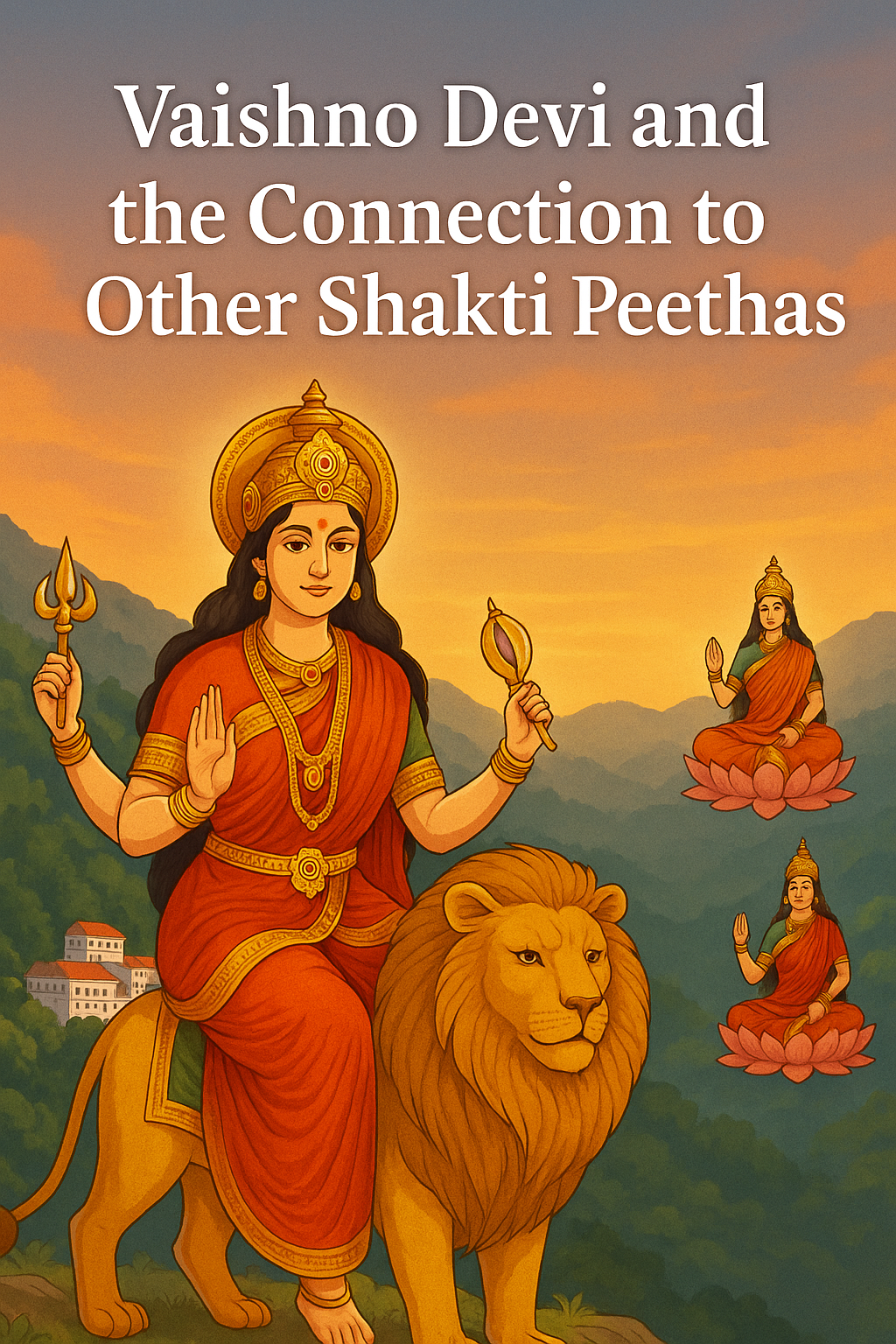
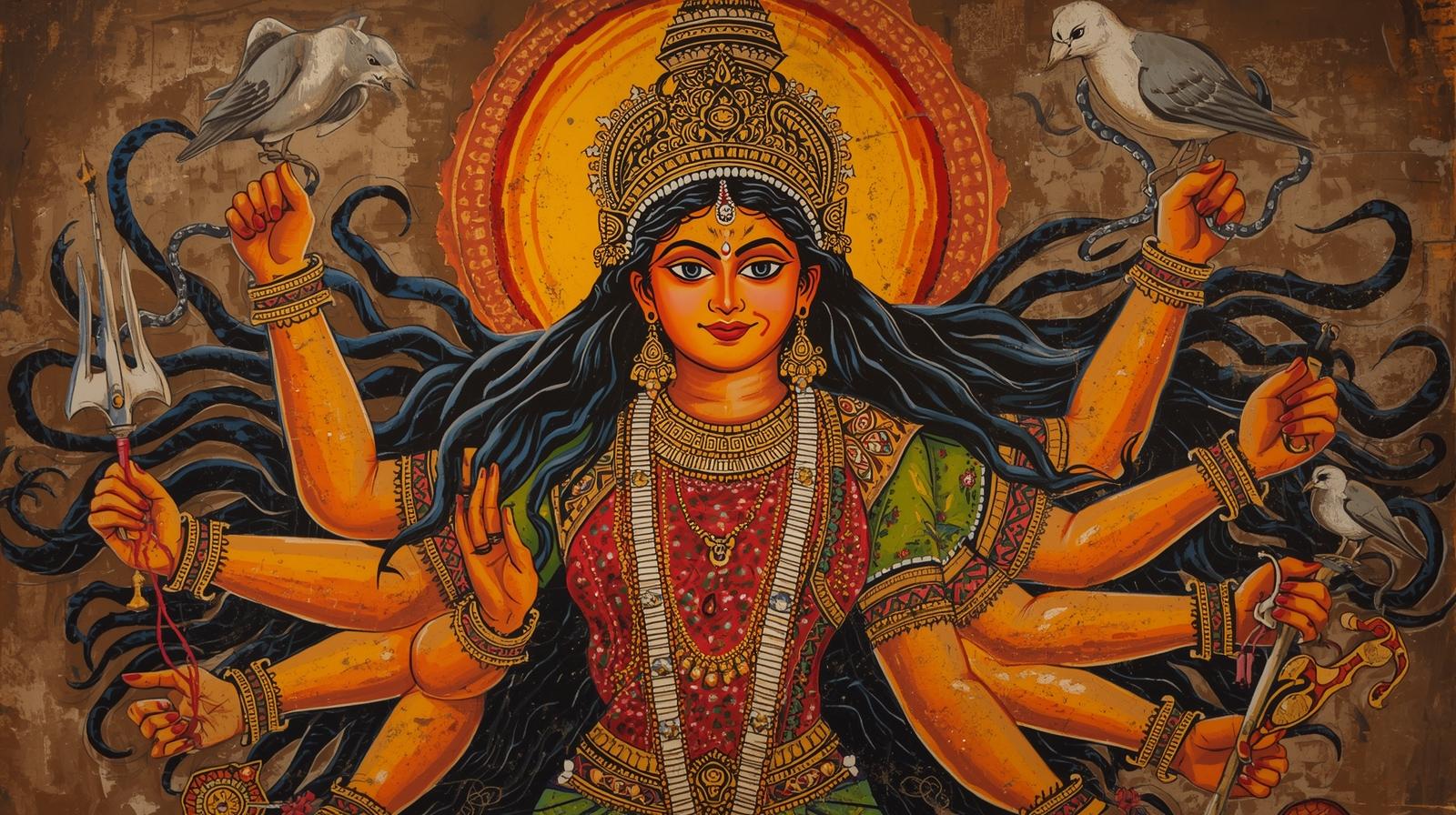

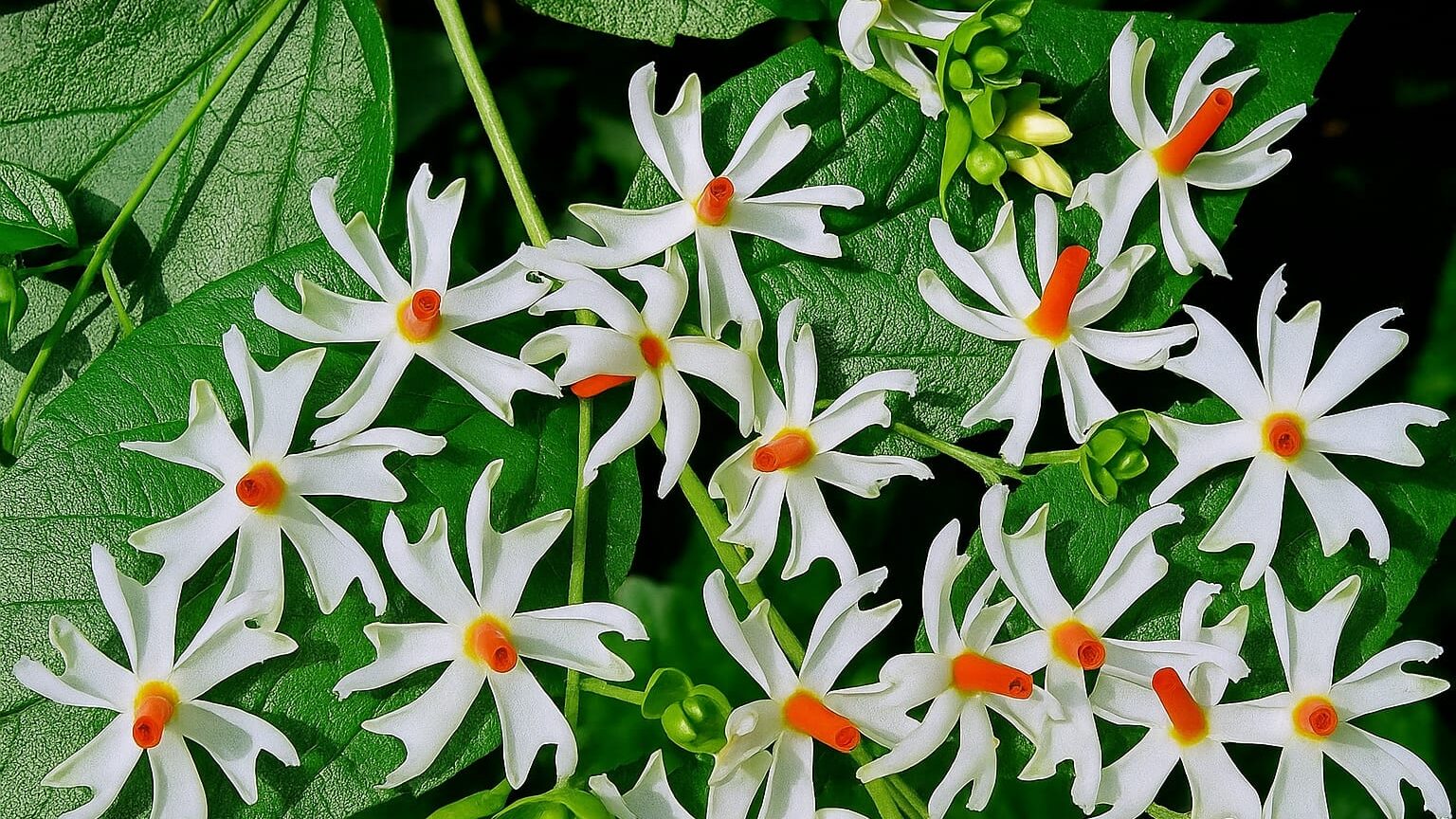
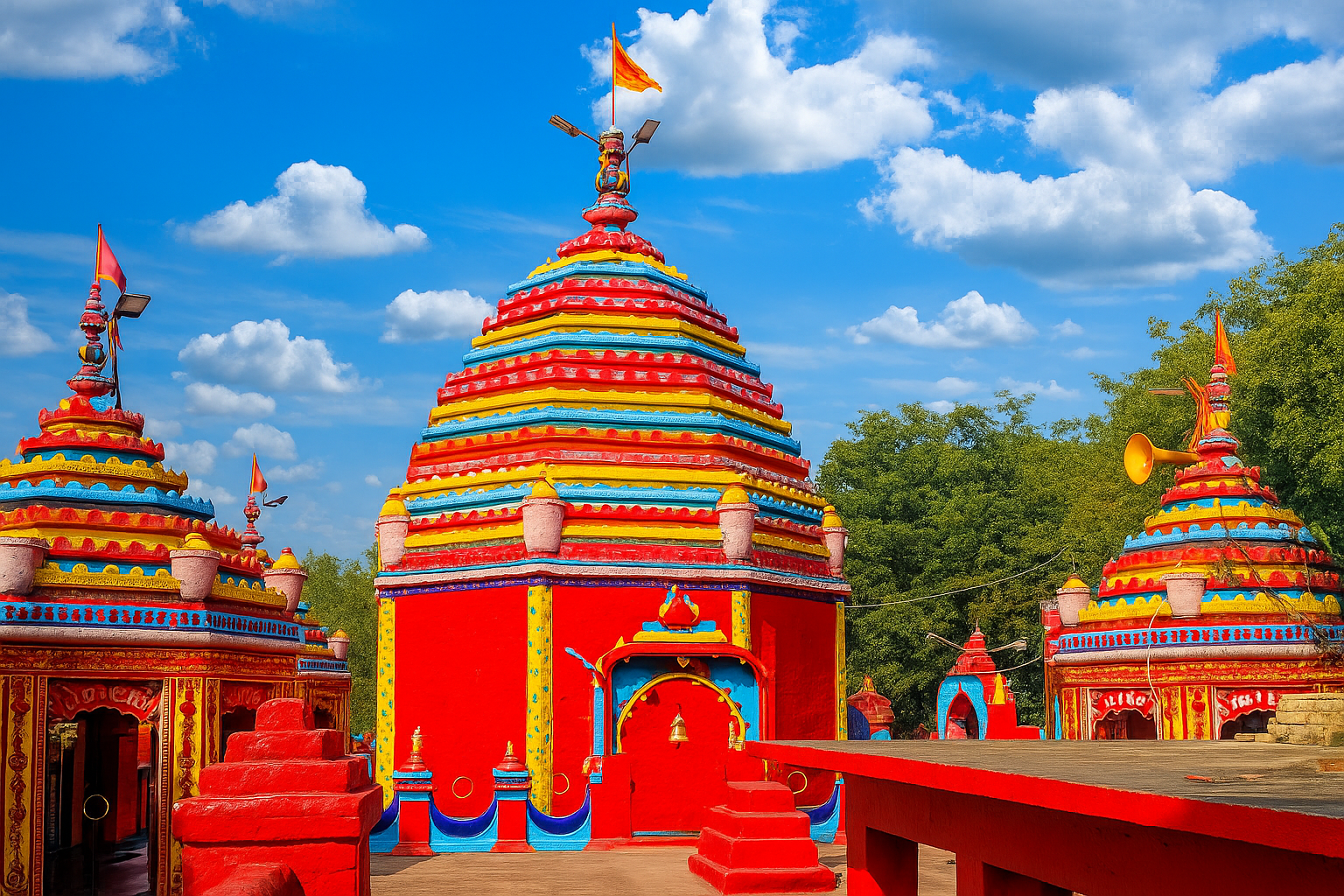
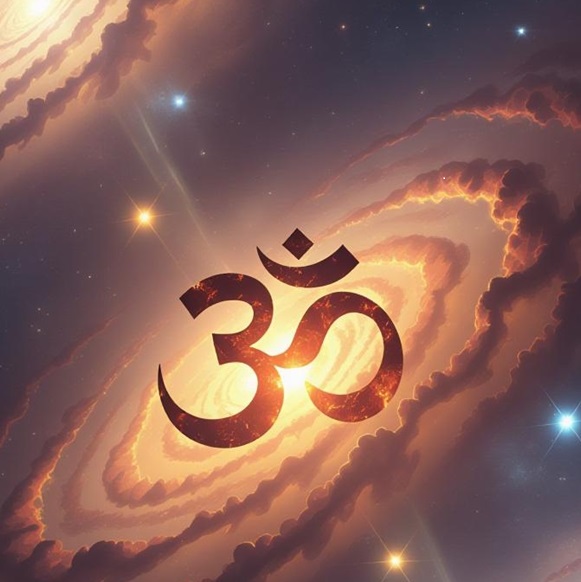
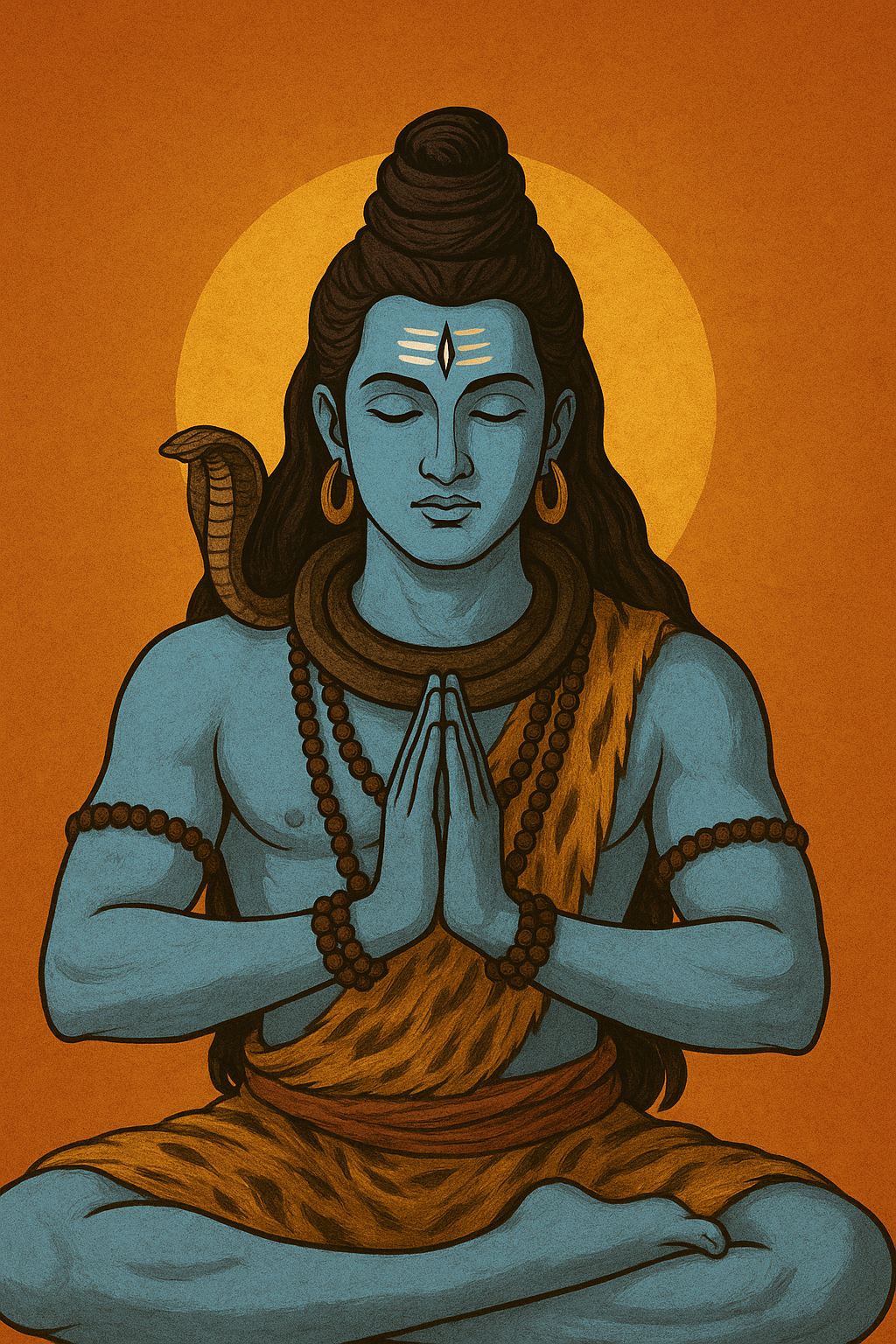
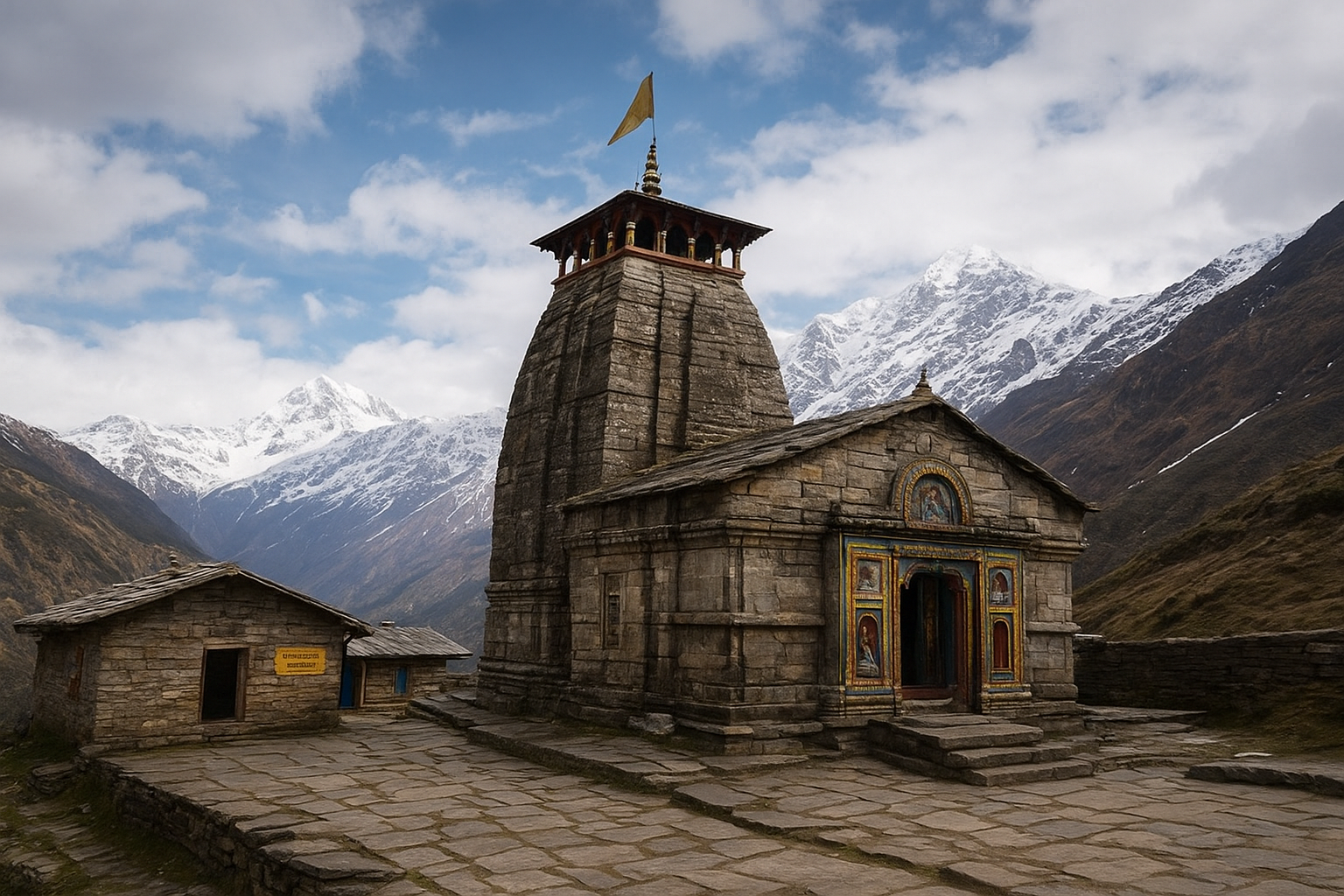
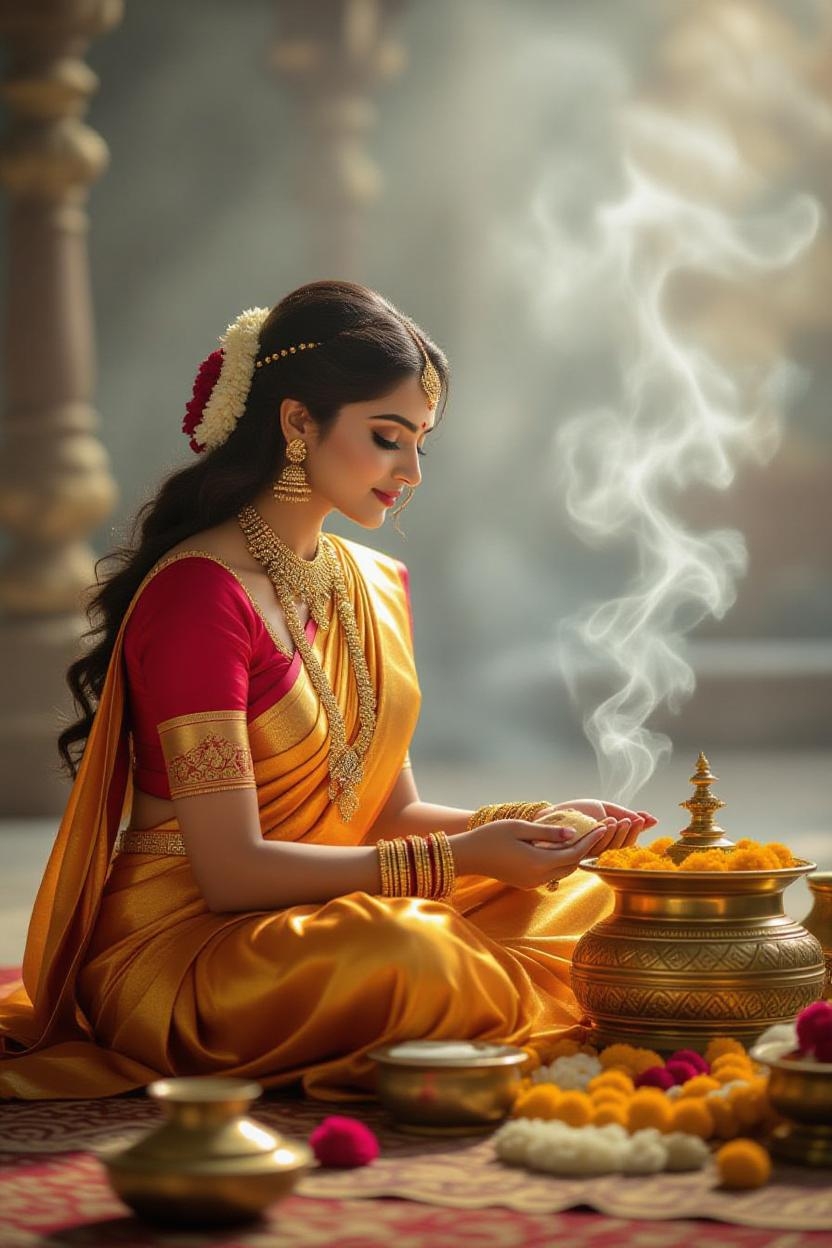
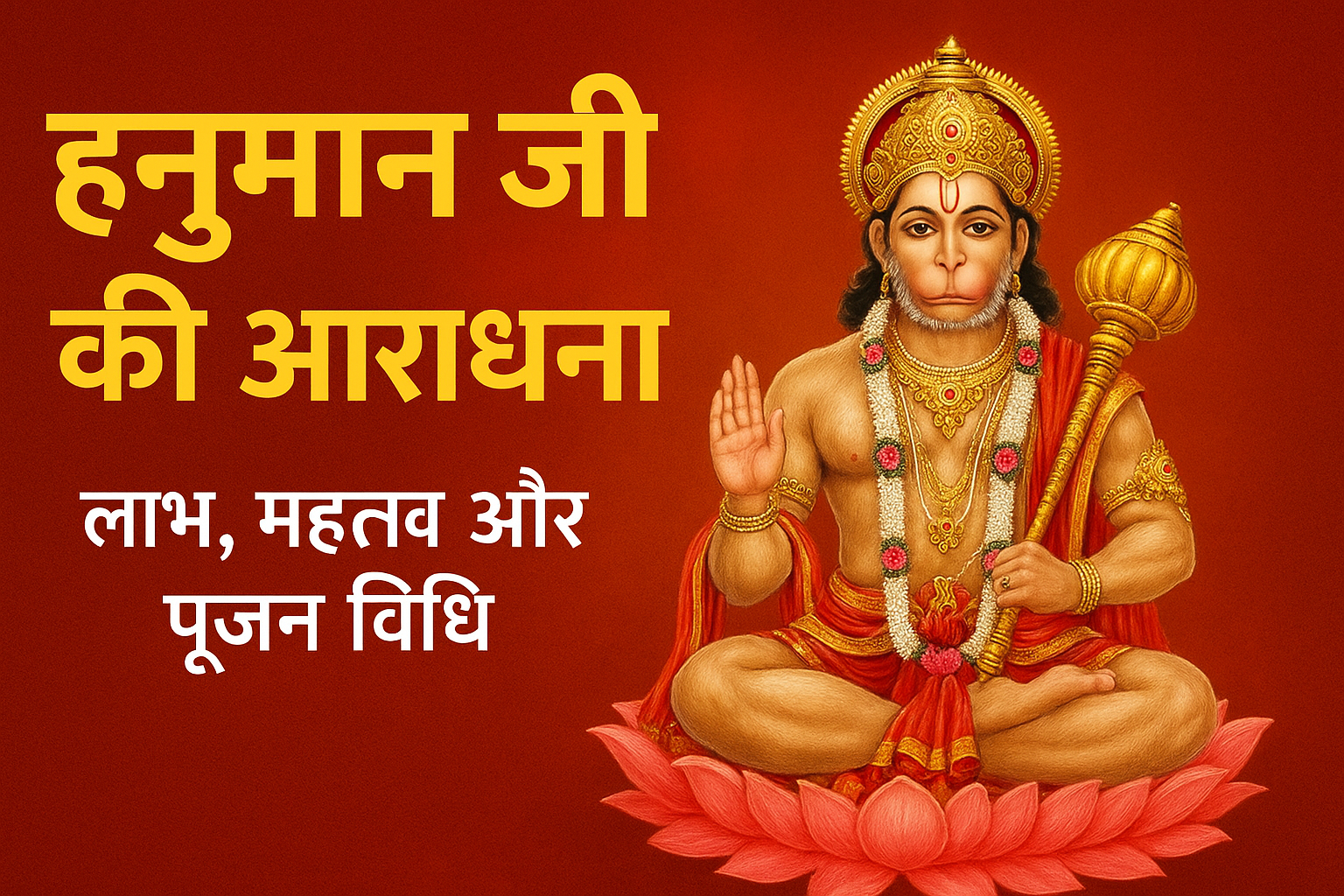
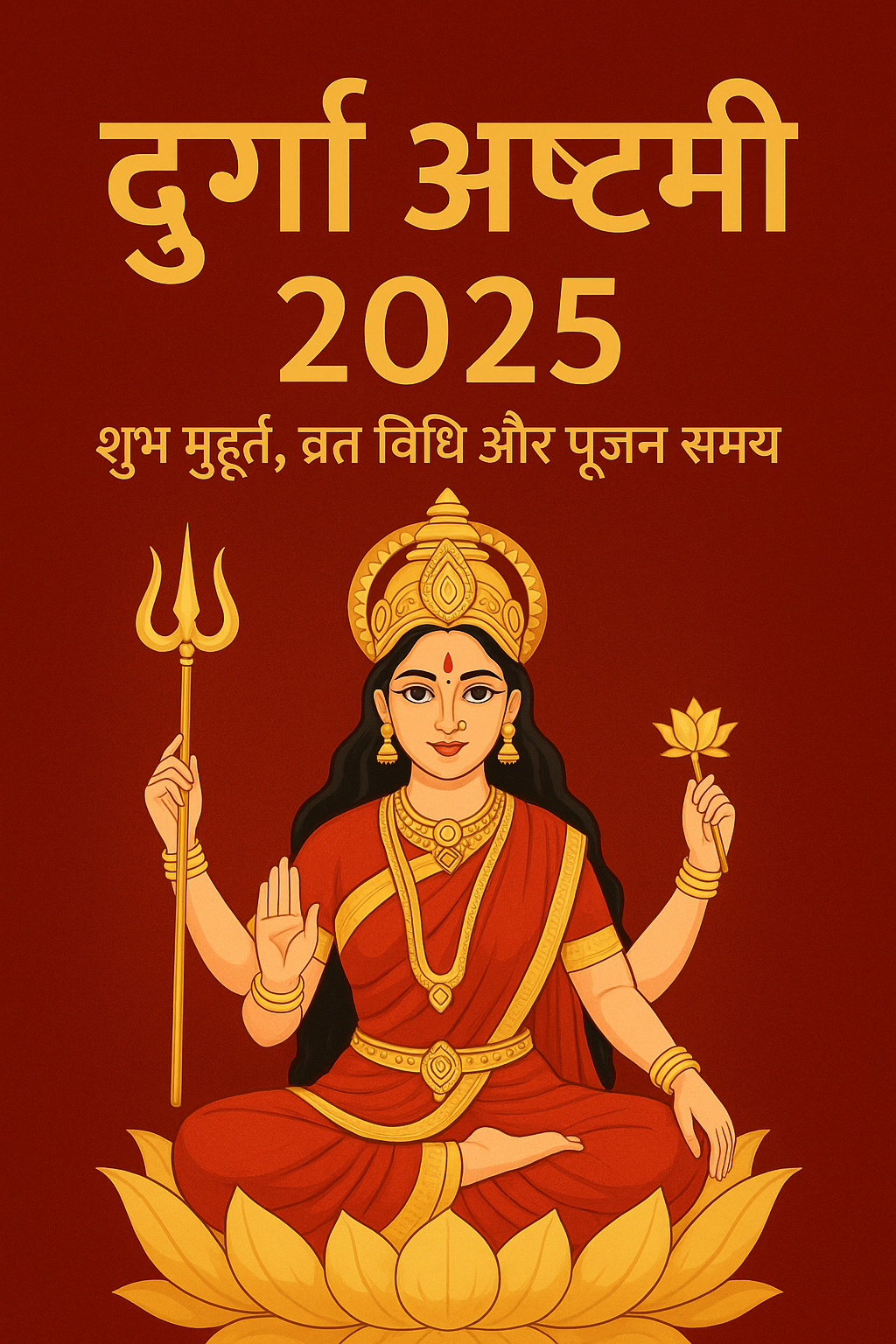
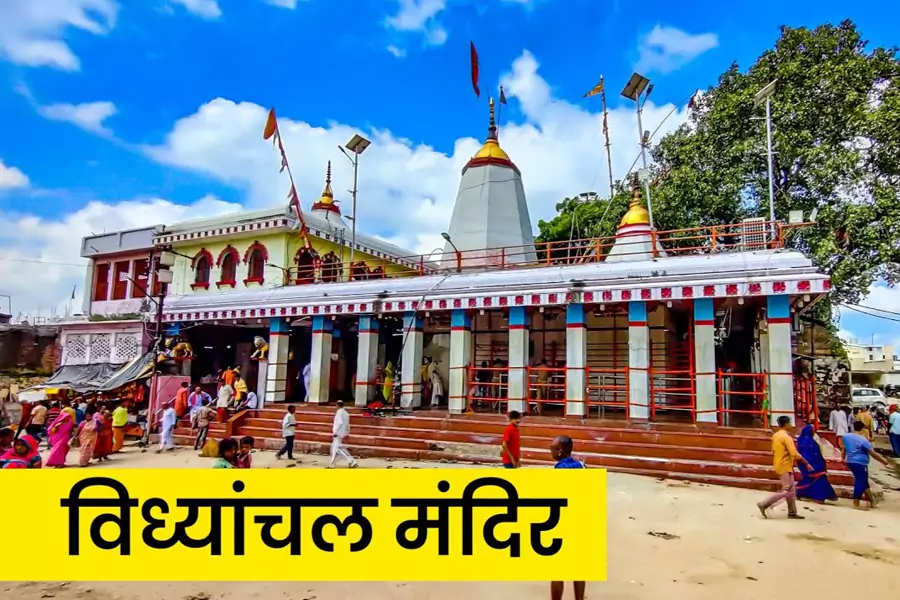

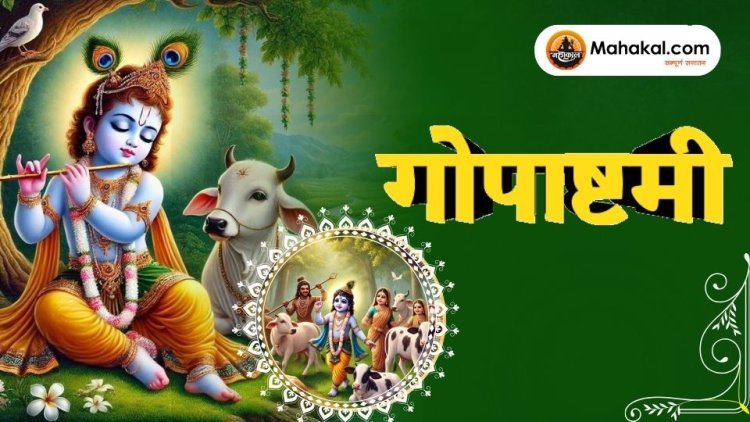
Leave a Reply